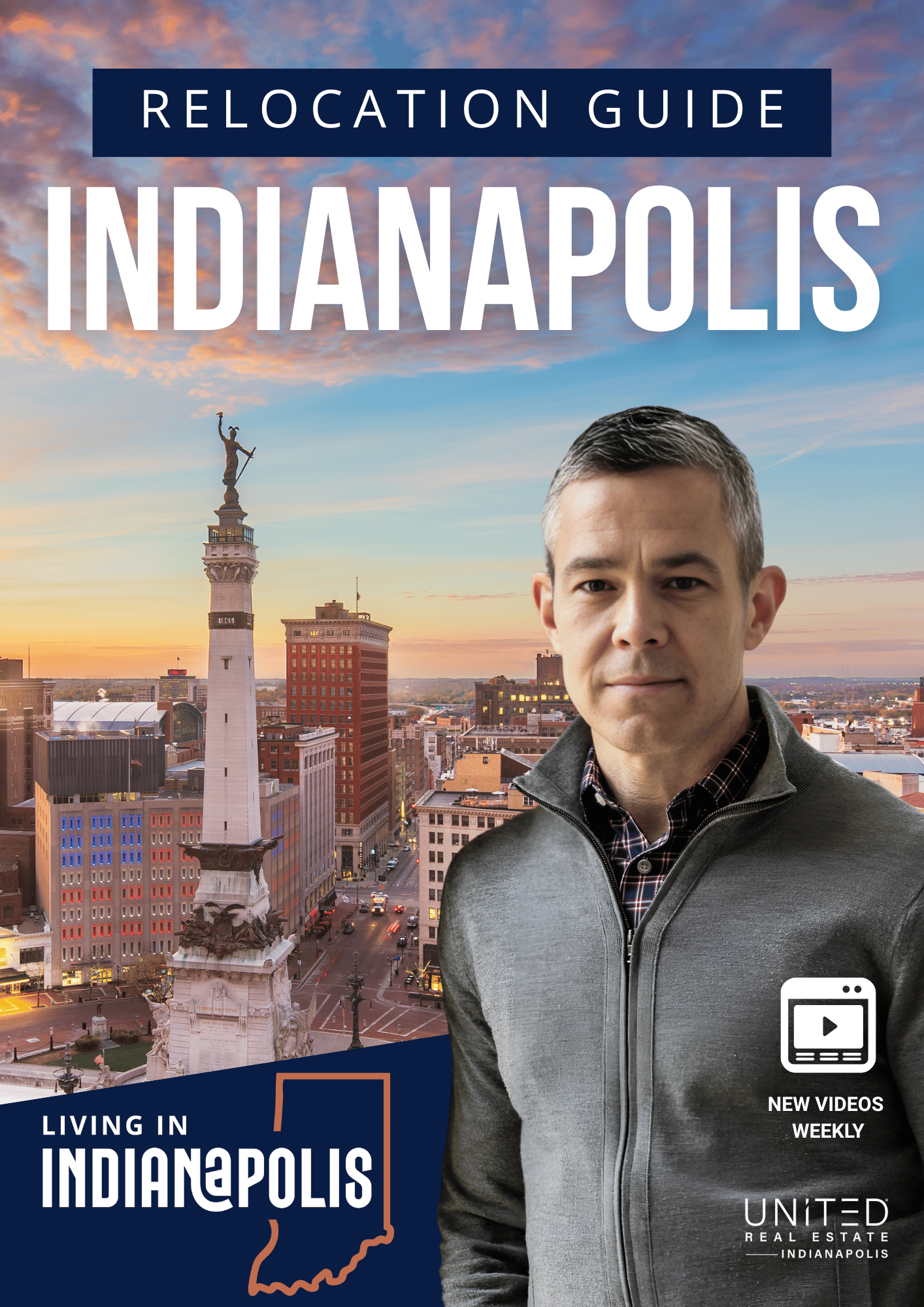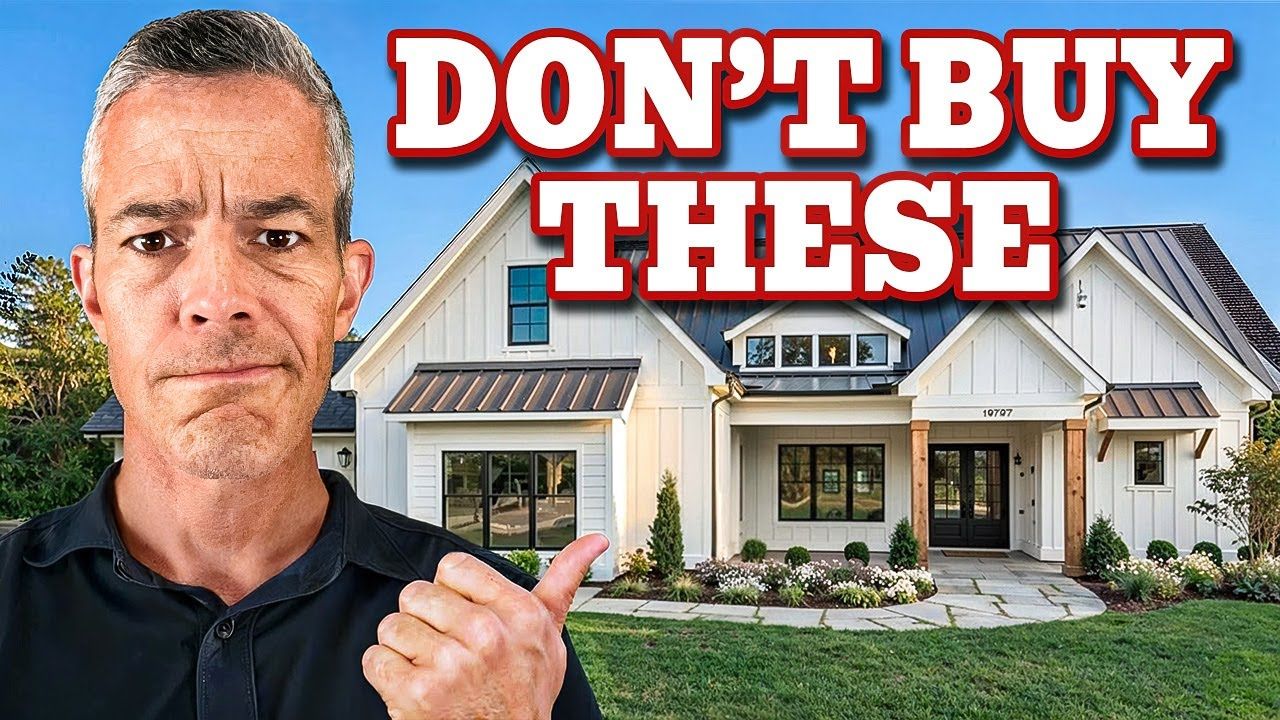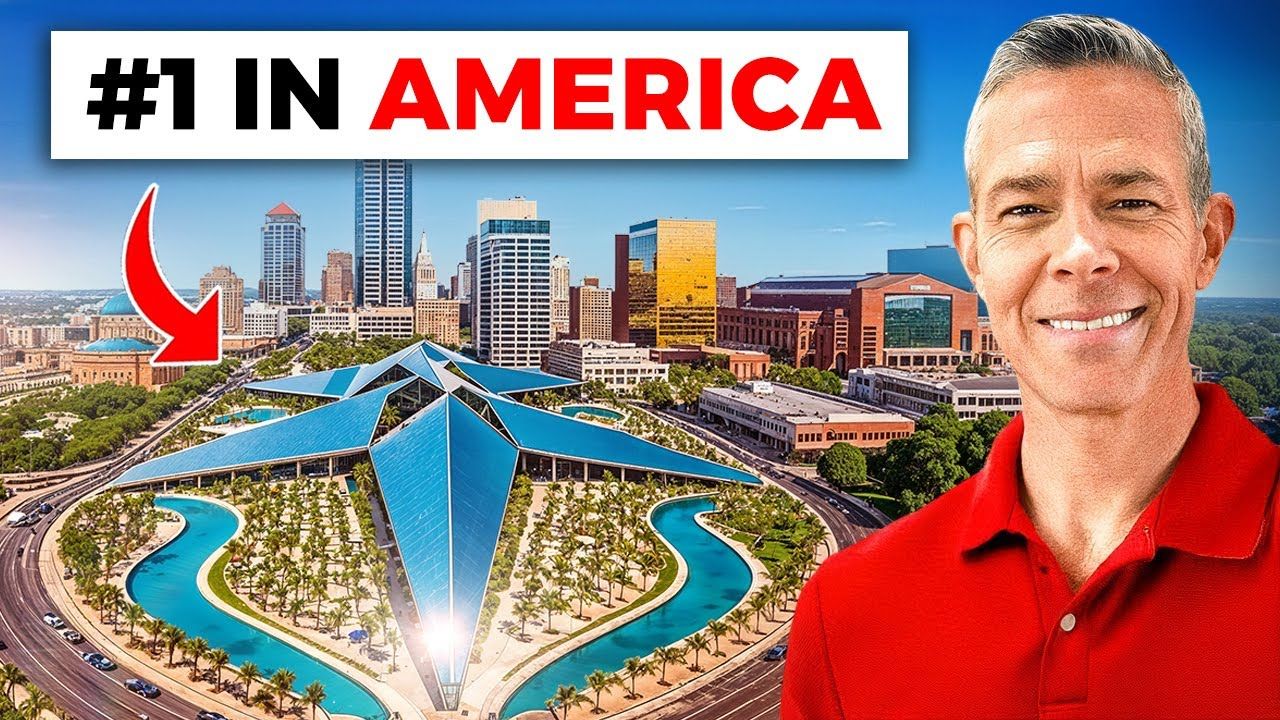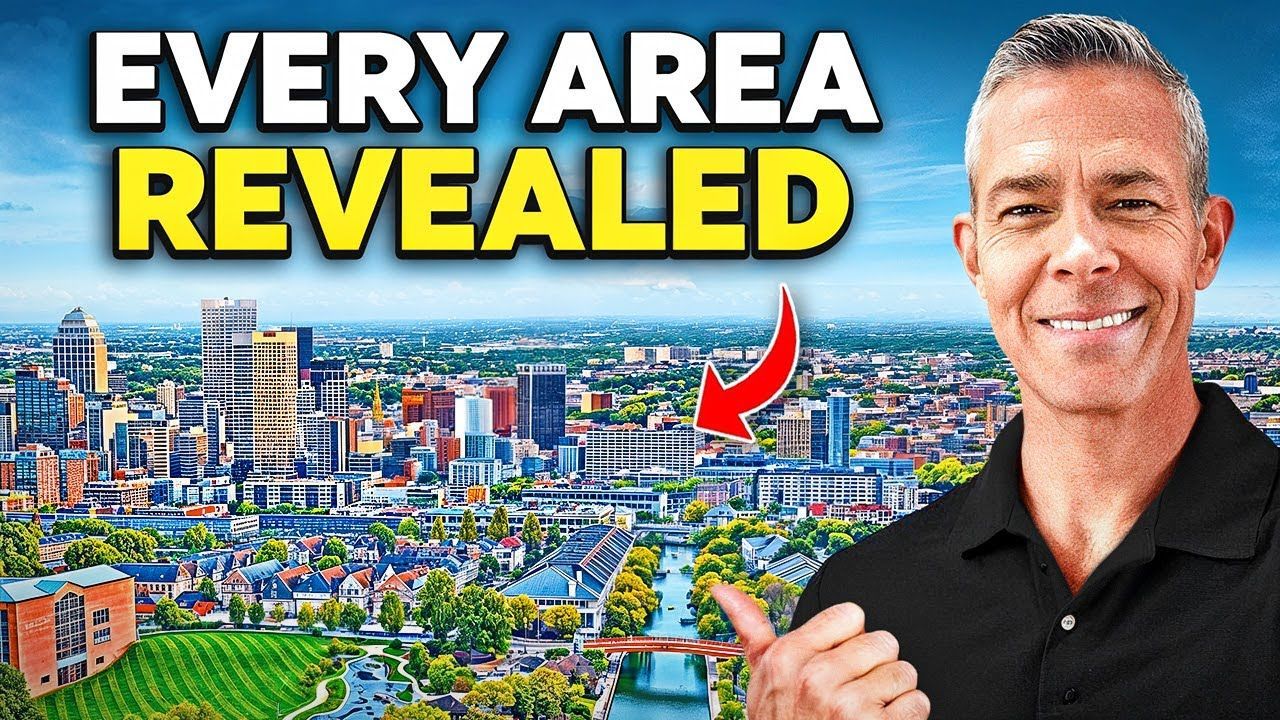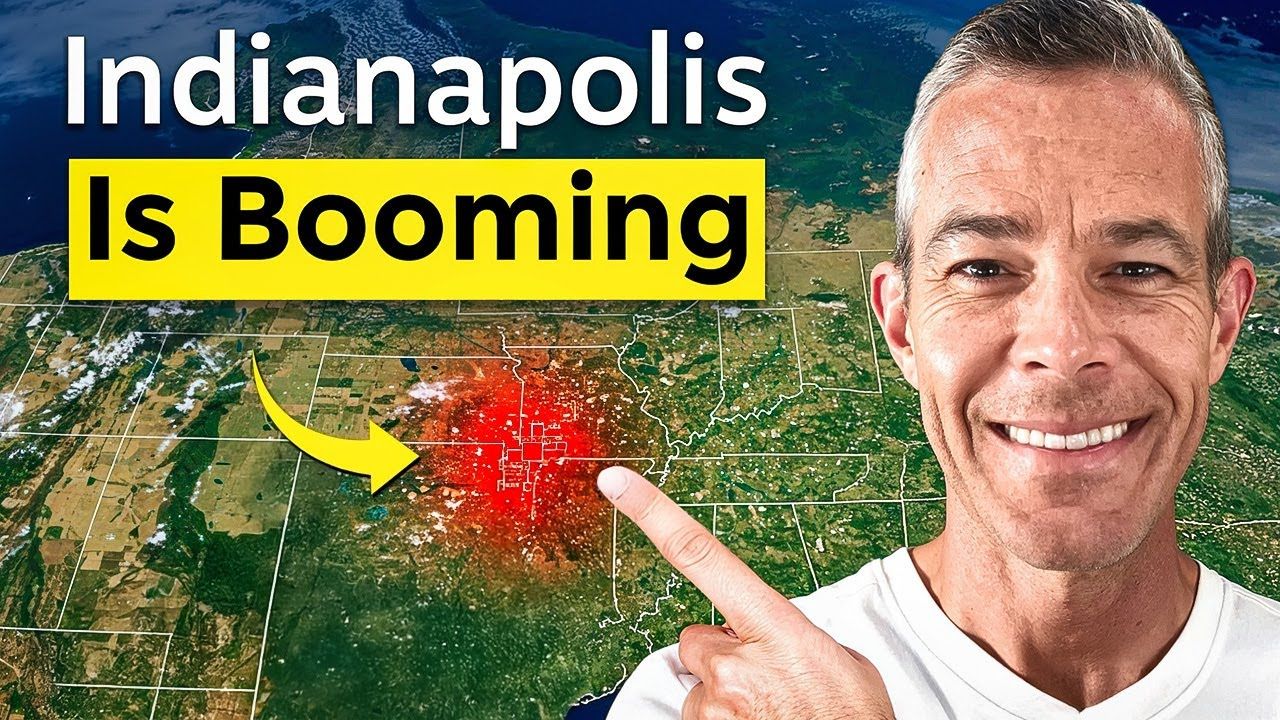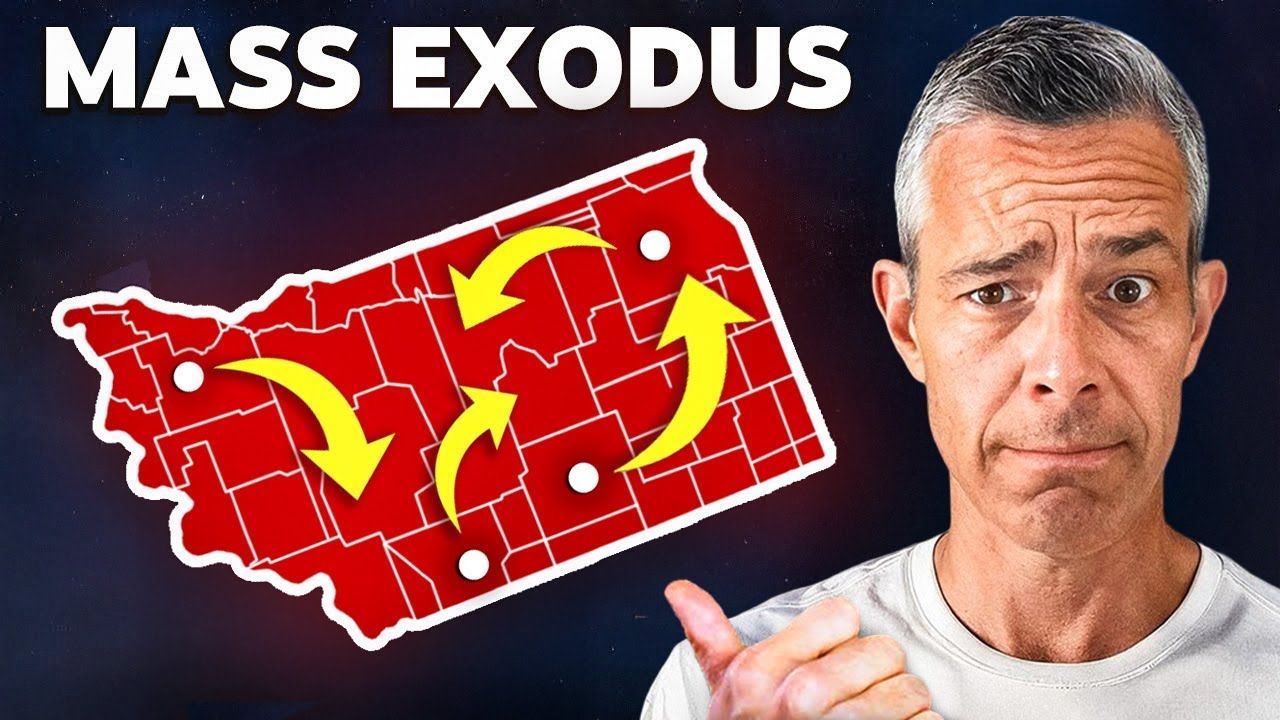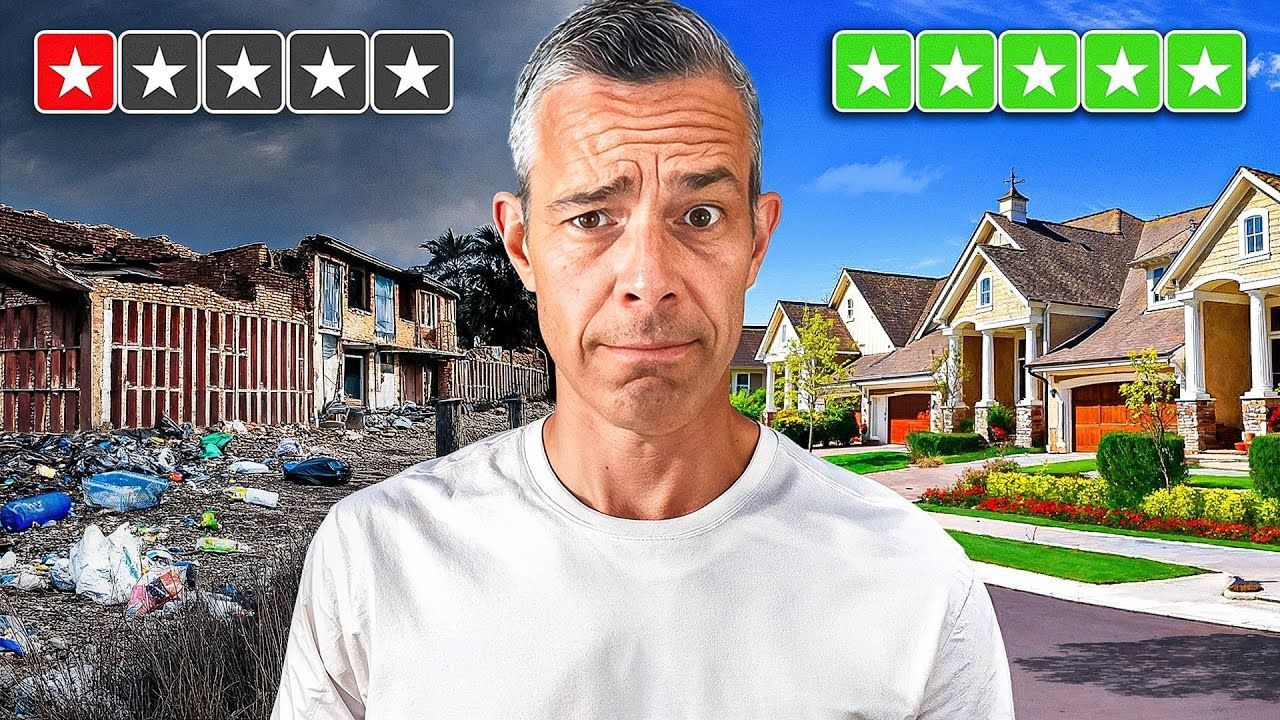Inside Whiteland Indiana: The Next BIG Indianapolis Suburb
I recently walked the trails at Proctor Park and spent time around New Whiteland and Whiteland talking about why more people are considering moving to Whiteland, IN. If you’re researching suburbs south of Indianapolis and want a small-town feel without sacrificing access to the city, this article is for you. Below I’ll share the history, lifestyle, housing market, commute realities, parks and schools, plus practical tips if you’re seriously thinking about moving to Whiteland, IN.
Table of Contents
- Overview & Brief History
- Reason 1 — the Small-town Vibe Many People Want
- Reason 2 — Affordability and Housing Options
- Reason 3 — Location and Commute: Close, Not Isolated
- Schools, Parks, and Community Life
- New Construction: Builders, Neighborhoods, and What to Expect
- Reasons You Might Not Want to Move to Whiteland, IN
- How to Decide if Moving to Whiteland, IN is Right for You
- Practical Checklist for Moving to Whiteland, IN
- Local Tips and Community Notes
- FAQs About Moving to Whiteland, IN
- Conclusion — is Moving to Whiteland, in Right for You?
Overview & Brief History
Whiteland and New Whiteland are two adjacent towns in Johnson County just south of Indianapolis. They often feel like one community to visitors and many locals — they share schools, services, and an identity tied to the broader Indy metro. There’s an administrative distinction between the two (and a story behind it): Whiteland is the older of the two, dating back to the mid-1800s, while New Whiteland was formed in the mid-1900s after US-31 was rerouted. Today each town has roughly five to six thousand residents, so they’re small but not tiny — together they make up a meaningful pocket of suburban/mini-rural living on the south side of the metro.
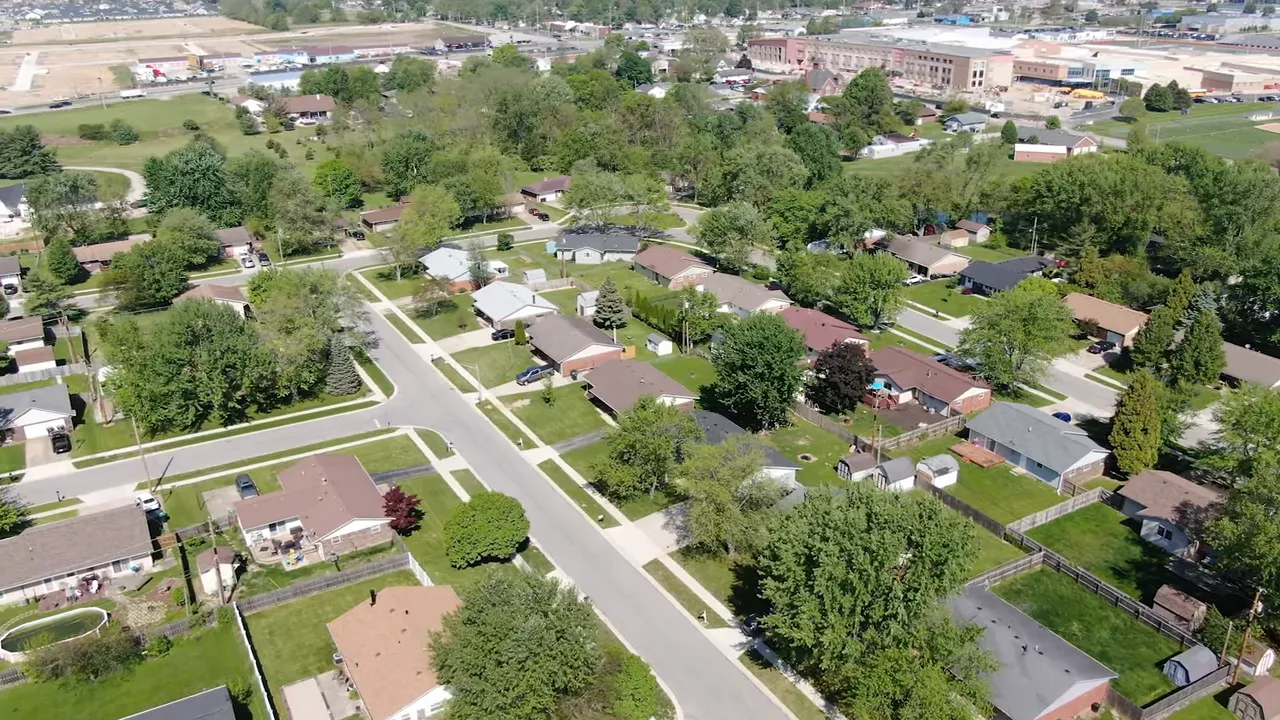
As someone who spends a lot of time guiding relocations, I can tell you that people looking at moving to Whiteland, IN are usually attracted to the history, the pace, and the balance these towns offer — old neighborhoods, growing new subdivisions, and an approachable distance to bigger hubs like Greenwood and downtown Indianapolis.
VIEW HOMES FOR SALE IN NEW WHITELAND / WHITELAND
Reason 1 — the Small-town Vibe Many People Want
The primary appeal for people moving to Whiteland, IN is the feel. If you’re craving slow mornings, neighborhood familiarity, and the kind of town where you run into neighbors at the park, this is exactly that. Proctor Park in New Whiteland is a perfect example: a playground, a pond with a fountain, walking trails and a pond where local families gather. It’s not packed with entertainment districts or endless nightlife — and that’s the point for many who move here.
That smaller, quieter feel comes with trade-offs. You won’t find the endless variety of restaurants, big sporting venues (other than nearby options), or massive shopping centers inside Whiteland itself. But if you need variety, Greenwood’s border is only minutes away and Franklin is to the south — both accessible while keeping a home base in a gentler environment.
When considering moving to Whiteland, IN, it helps to think about what you want in day-to-day life. Here’s who tends to love this area:
- Young families looking for parks, easy schools, and yards
- Buyers who want lower density and less traffic than fast-growing suburbs
- Commuters who work in Indianapolis but prefer to live in a quieter town
- People relocating from out of state who want value for their money
Reason 2 — Affordability and Housing Options
One of the biggest draws for people moving to Whiteland, IN is affordability. Compared to hot suburbs like Carmel, Fishers, Zionsville, or Westfield, homes in Whiteland and New Whiteland generally come at lower price points. You’ll find a mixture: some older, established homes, and plenty of newer construction neighborhoods. Most new homes being built here are priced in the middle market — think mid-$300,000s into the $400,000s for many options, with fewer ultra-high-end listings than you’d see further north.
That price difference can be dramatic. Take a similarly sized house you might see in Whiteland and put it in Carmel or Zionsville — you could easily add tens of thousands or more to the price because of the address and market demand. For buyers who prioritize more home for their money, moving to Whiteland, IN is an attractive option.
But remember, “affordable” is relative. New subdivisions often come with smaller lots and houses closer to neighbors. If lot size and separation matter, look for the older sections or nearby rural parcels. I recommend getting in touch with a local agent (or me) to run comps and help you decide what trade-offs you’re willing to make.
Reason 3 — Location and Commute: Close, Not Isolated
Another reason people are increasingly considering moving to Whiteland, IN is how connected the town actually is. There’s a common misconception that if you move to a small town you’ll be isolated or stuck driving long distances for work, shopping, or entertainment. That’s not the case here.
New Whiteland sits close to US-31 and I-65, and it’s about 14 miles to Lucas Oil Stadium in downtown Indianapolis. Under typical traffic, that’s roughly a 25-minute drive up I-65. Even on event days the drive time is reasonable — you might arrive in 25 minutes and then spend another 20 minutes finding parking near the stadium, which is the usual parking and walking time rather than highway congestion.
Because of this proximity, many residents enjoy a dual lifestyle: home in a small town with parks and a slower pace, but a straightforward commute into the city when needed. If your life includes regular trips to Greenwood, Franklin, or downtown Indianapolis, moving to Whiteland, IN offers strong access without feeling like a long-distance move.
Practical commute scenarios
- Commuting to downtown Indianapolis: ~25–35 minutes depending on route and time of day
- Driving to Greenwood amenities: a few minutes — it’s right on the northern edge
- Heading south to Franklin: quick and easy for shopping and local events
Schools, Parks, and Community Life
Family-friendly features are a big reason people are moving to Whiteland, IN. The towns share Whiteland Community High School, which has been growing and recently has had expansions to accommodate increasing enrollment. I know teachers who work there and say positive things about the environment, facilities, and community support.
Recreation-wise, places like Proctor Park provide daily escape routes — playgrounds, walking paths, and a small pond. For more variety, neighboring towns give you more parks, sports complexes, and community events without a long drive. Youth sports and local activities are plentiful, and the community tends to rally around school events and seasonal festivals.
New Construction: Builders, Neighborhoods, and What to Expect
Both Whiteland and New Whiteland are seeing more new construction as the metro expands. Builders are responding to buyer demand for affordable single-family homes within commuting distance of Indianapolis.
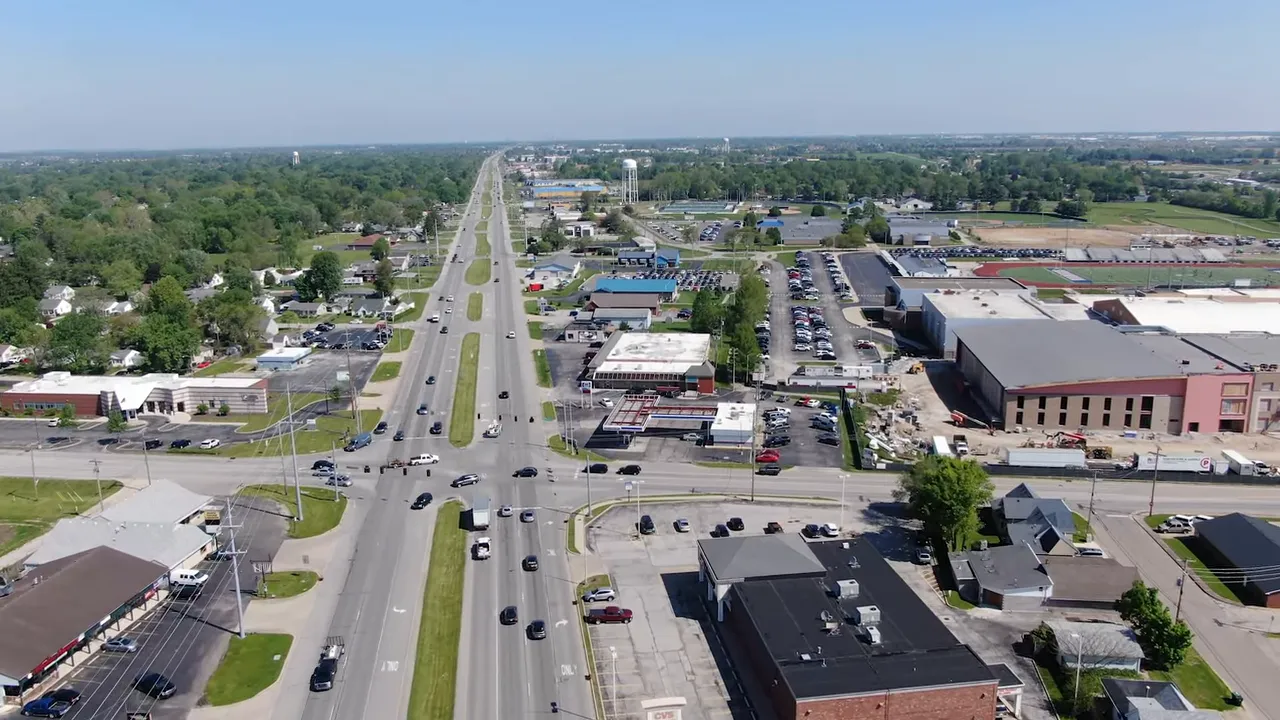
If you’re moving to Whiteland, IN and considering new construction, know that:
- Builder choices vary; local builders and regional firms both operate in the area.
- Home styles trend toward functional family layouts — open kitchens, three-car garages in some plans, and master suites on the main floor in select models.
- Lot sizes in newer subdivisions can be smaller than older neighborhoods; if yard space matters, ask for lot specifics up front.
I always recommend touring model homes and asking about HOA rules, long-term development plans in the area, and expected timelines for nearby new roads or commercial development, as those can impact your living experience and future property values.
Reasons You Might Not Want to Move to Whiteland, IN
Every place has trade-offs. The same elements that attract people to moving to Whiteland, IN can be the reasons others decide it’s not for them. Consider these potential downsides:
- Limited nightlife and cultural amenities inside town — if you want daily access to many restaurants, bars, and theaters, you’ll likely head into Greenwood or Indianapolis.
- Fewer specialty retail and boutique shopping options compared with larger suburbs.
- New construction lots can be tight, so if you want a large private lot, you’ll need to seek older parcels or look just outside town limits.
- As the metro grows, traffic on main corridors like US-31 and I-65 can increase — while still manageable today, plan for evolving commute patterns.
Be honest with yourself about priorities: the quieter pace and affordability will be a big plus for many, but for others the lack of a big-city neighborhood vibe may be limiting.
How to Decide if Moving to Whiteland, IN is Right for You
Ask yourself these questions to sharpen whether this town fits your needs:
- Do I want a quieter, more relaxed day-to-day environment?
- Is affordability a top priority compared to moving further north into high-demand suburbs?
- Will my commute to work be manageable from Whiteland, IN?
- Do I value proximity to Greenwood and Franklin while keeping a small-town home base?
- Are the schools and youth activities in line with what I want for my family?
When I work with clients, we often do a day-in-the-life exercise: map a weekly routine, include commute times, after-school activities, groceries, and weekend plans. That practical approach helps avoid surprises after the move.
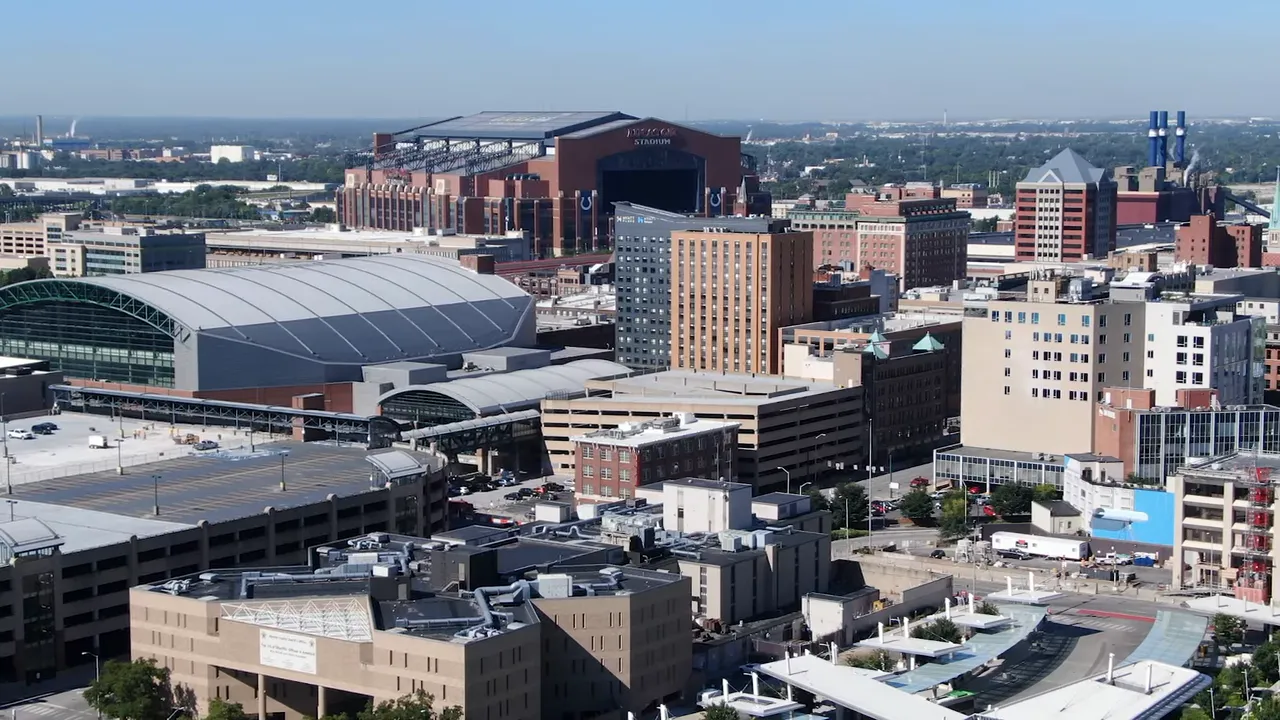
Practical Checklist for Moving to Whiteland, IN
If you’re ready to act on moving to Whiteland, IN, use this checklist to stay organized:
- Define your must-haves vs. nice-to-haves (lot size, school district, commute).
- Get pre-approved for a mortgage so you know your budget.
- Schedule home tours in both older neighborhoods and new subdivisions to compare.
- Visit the town at different times of day (weekday rush hour, weekend morning) to feel traffic and noise levels.
- Meet with a local agent who knows Johnson County and New Whiteland/Whiteland neighborhoods. Reach out to me at 317-932-8620.
- Research schools, local parks (like Proctor Park), and healthcare options.
- Confirm utilities, HOA rules, and builder warranties if buying new construction.
- Plan your move-in logistics: movers, change of address, vehicle registrations, and local services.
Local Tips and Community Notes
A few on-the-ground tips I share with my clients who are moving to Whiteland, IN:
- Explore Franklin’s downtown and Greenwood’s shopping areas — both are close and complement life in Whiteland.
- Keep an eye on US-31 development projects; they impact traffic and sometimes bring new retail closer.
- Attend a high school game or community event— it’s the fastest way to feel the town vibe and meet neighbors.
- If you want land, look just outside the town limits where lot sizes increase and you get more privacy.
FAQs About Moving to Whiteland, IN
How long does it take to commute from Whiteland to downtown Indianapolis?
Typically about 25–35 minutes depending on whether you take I-65 or US-31 and the time of day. Event days (like Colts games) can introduce extra time for parking near Lucas Oil Stadium, so budget an extra 15–30 minutes on those days.
Is New Whiteland the same as Whiteland?
They’re separate municipalities with historical and administrative differences, but they’re closely integrated. Most people experience them as one community and they share school systems and many services.
What is the school situation for families moving to Whiteland, IN?
Whiteland Community High School serves the area and has seen growth, including expansions to accommodate more students. The schools are a common reason families choose to move to Whiteland, IN, but I recommend visiting schools and checking current ratings and programs to match your child’s needs.
Is housing in Whiteland more affordable than in Carmel or Fishers?
Generally, yes. Comparable homes in Carmel, Fishers, or Zionsville often carry premium pricing because of demand, amenities, and perceived prestige. You’ll typically get more home (or a lower price) in Whiteland for the same budget.
Are there many new builds available?
Yes. Both Whiteland and New Whiteland are seeing new construction — mostly middle-market single-family homes. If you’re buying new, ask about lot size, HOA fees, builder reputation, and completion timelines.
What about parks and recreation?
Proctor Park in New Whiteland is a standout — playground, pond, walking trails. For more variety, nearby Greenwood and Franklin offer additional parks, sports complexes, and events.
Will Whiteland get more crowded over time?
As the Indianapolis metro grows, places like Whiteland will see more development and population increase. That said, the pace here is slower than some northern suburbs, so for the next decade or two you can still expect a relatively small-town feel compared to rapidly expanding areas.
Conclusion — is Moving to Whiteland, in Right for You?
If you want to swap fast-paced urban or highly crowded suburbia for a quieter, more affordable lifestyle while keeping practical access to Indianapolis, moving to Whiteland, IN should definitely be on your radar. The towns offer a small-town vibe, growing but reasonably priced housing options, proximity to Greenwood and Franklin, and a commute to Indy that’s manageable for most people.
That said, weigh the trade-offs: fewer in-town amenities, smaller lots in many new developments, and the fact that as the metro grows, some of the advantages (distance from traffic, peace and quiet) may slowly change. The good news is both towns are growing thoughtfully, and with the right approach you can find a home that balances value, convenience, and lifestyle.
If you want help exploring neighborhoods, comparing new builds vs. existing homes, or running commute and school comparisons tailored to your situation, reach out. I walk through the practicalities, visit properties with you (virtually if needed), and make the moving-to-Whiteland, IN process as smooth as possible.
Safe travels on your house hunt — and if you’re moving to Whiteland, IN, welcome to the neighborhood.
jason compton
A former teacher turned full-time real estate agent serving Greater Indianapolis. I help buyers, sellers, and relocation clients make informed moves—especially those coming from out of state. From neighborhood insights to home tours, my goal is to simplify the process and help you feel confident in every step.
Stay Informed
Insights, Tips & Life in Indianapolis
Your go-to resource for all things real estate and Indy living. Whether you're buying, selling, relocating, or just curious about the local market, our blog is packed with helpful articles, expert advice, and community highlights to keep you informed and inspired.
